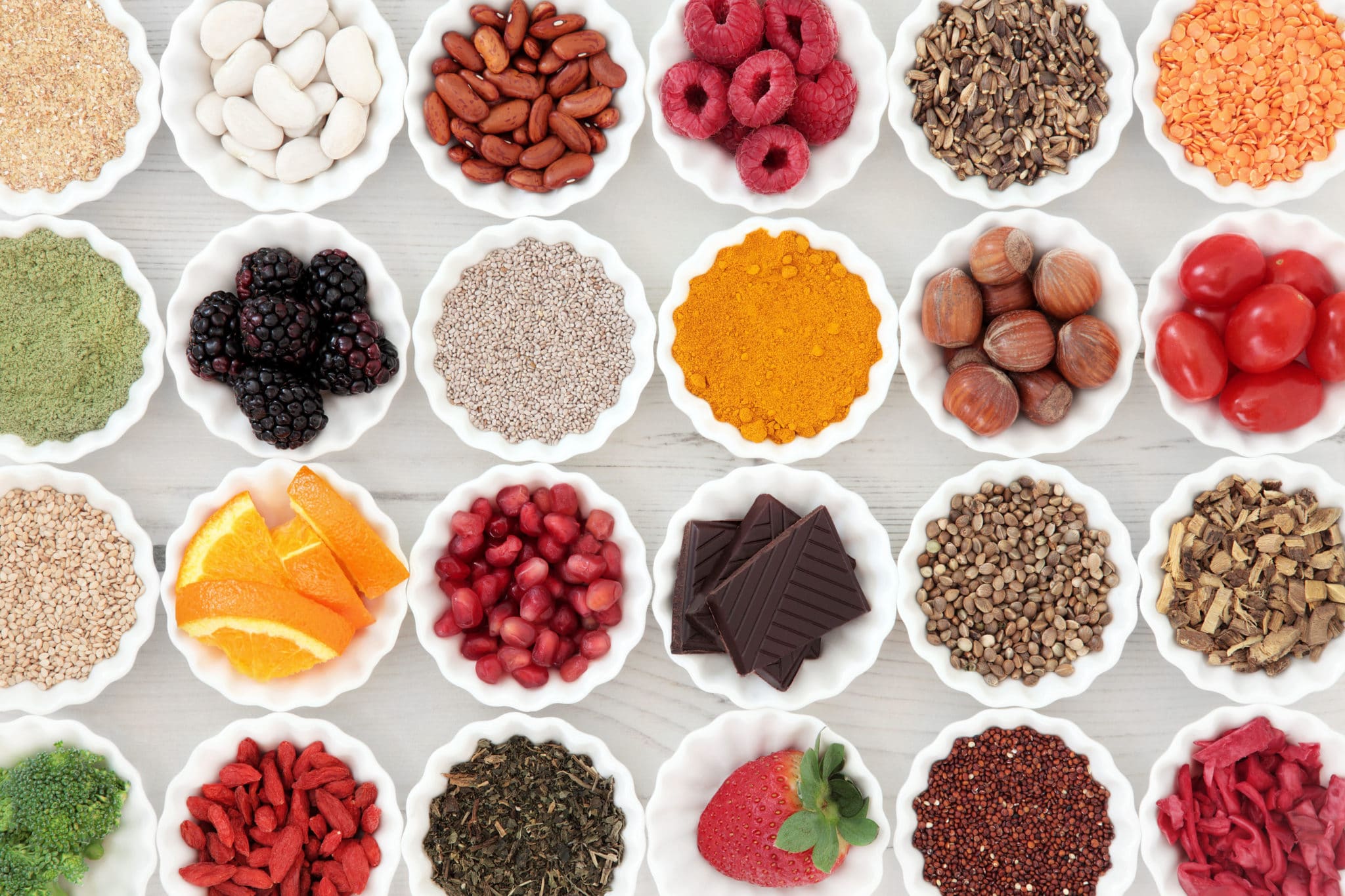
How to Read Nutrition Labels
Whether you want to lose weight, eat healthier, or simply become more conscious about your diet, knowing how to shop smart at the grocery store can help you compare food items, steer clear of empty calories, and seek out healthier alternatives.
The best way to do this is by understanding how to read nutrition labels. A nutrition label has everything you need to know about portion size, calories, fat, and other nutrients in the product— or lack thereof, in some cases!
Check serving sizes and calories
Everything listed on nutrition labels is the amount per serving, and most packaged items contain multiple servings. Serving sizes can be deceiving—even a regular can of soup is usually two servings’ worth! That means if you eat two servings, you should double the calories and percentage values to calculate your total values for that meal. So if you don’t want to blow half or more of your daily calories on one meal, keep an eye on your proportions.
What “Daily Value” means
The “Daily Value” you usually see on the right-hand side of the nutrition label is based on a 2,000-calorie-per-day diet, so a packaged food item that lists eight grams of fat would be listed as 12 percent of your fat for the whole day.
But where does the 2,000-calorie standard come from? It was determined by the Food and Drug Administration to make calculating daily values simple, but individual needs can vary widely. The Academy of Nutrition and Dietetics recommends that a moderately active adult needs about 15 calories per pound to maintain his or her weight—fewer if you’re not very active, and more if you are. If you’re trying to lose weight, those numbers will also change, but you should talk to your doctor before making any significant dietary changes.
Types of fats
You might have heard of “good fats” and “bad fats.” Which is which? Trans fat is the worst for you, and should be kept to a minimum. (Think of all your favorite guilty pleasures, like pizza, cake, and cookies.) Saturated fats are more commonly found in your everyday food items, but should also be limited, ideally to less than 10 percent of your daily calories, as too much can bump up your cholesterol. Good fats are polyunsaturated fats and monounsaturated fats—think vegetables, nuts, olive oil, and fish. These are the fats that provide some nutritional benefit.
Sugar is a carb—are there good carbs, too?
Sugars, starches, and fiber are the three types of carbohydrates. Like fats, there are good carbs and not-so-good carbs, and added sugars should be kept to a minimum. When it comes to added sugars, you should limit to less than 10 percent of your daily total calories.
Think of it this way: The sugars you find naturally in fruits, nuts, beans, and whole grains are healthy. Added sugars are found in foods like your candy bar, soft drink, cereal, or even tomato sauce, and should be kept to a minimum. Keep an eye out for food labels that advertise “low-fat” or “fat-free”—these often have added sugars.
Why the order of the ingredients list matters
The ingredients on the nutrition label are listed in order of quantity, meaning the main ingredient is listed first. So if the first ingredient is sugar—or something else unhealthy—look out!
Get enough vitamins and minerals
To get the most health benefits, choose food items high in dietary fiber, vitamins A, C, and D, calcium, potassium, and iron, to name a few. Anything with 20 percent or more of your daily value is a good bet and can help reduce your risk of certain health problems.
Have any questions about your diet? Talk to your Scripps Affiliated Medical Groups specialist today!

Join our Senior Wellness Society for the latest news on Medicare and tips for healthy living in San Diego!
Sign up now ›Are you looking for specialized medical care in San Diego?
Our directory has more than 850 doctors in San Diego County of various specialties who are available to help you.
Find a doctor